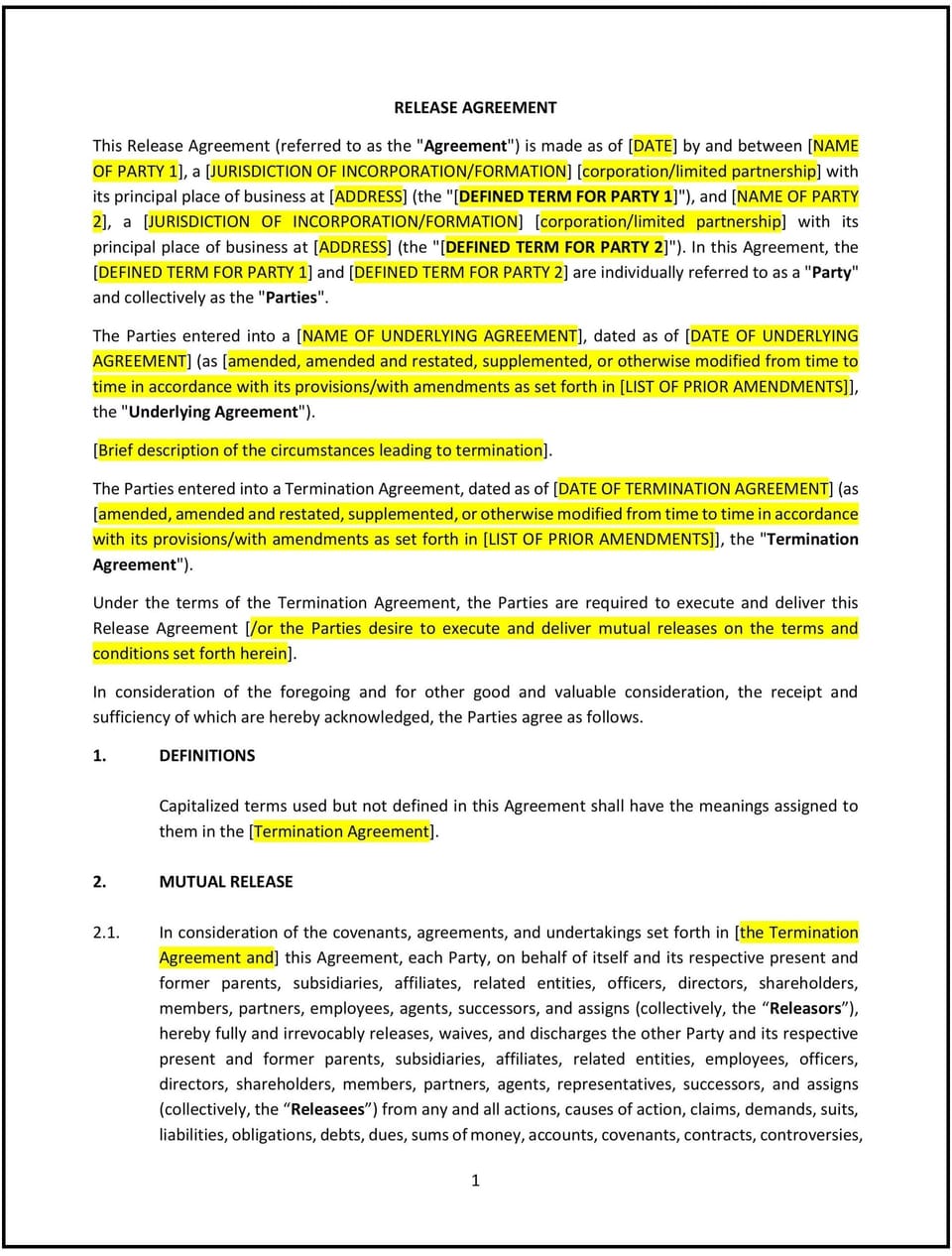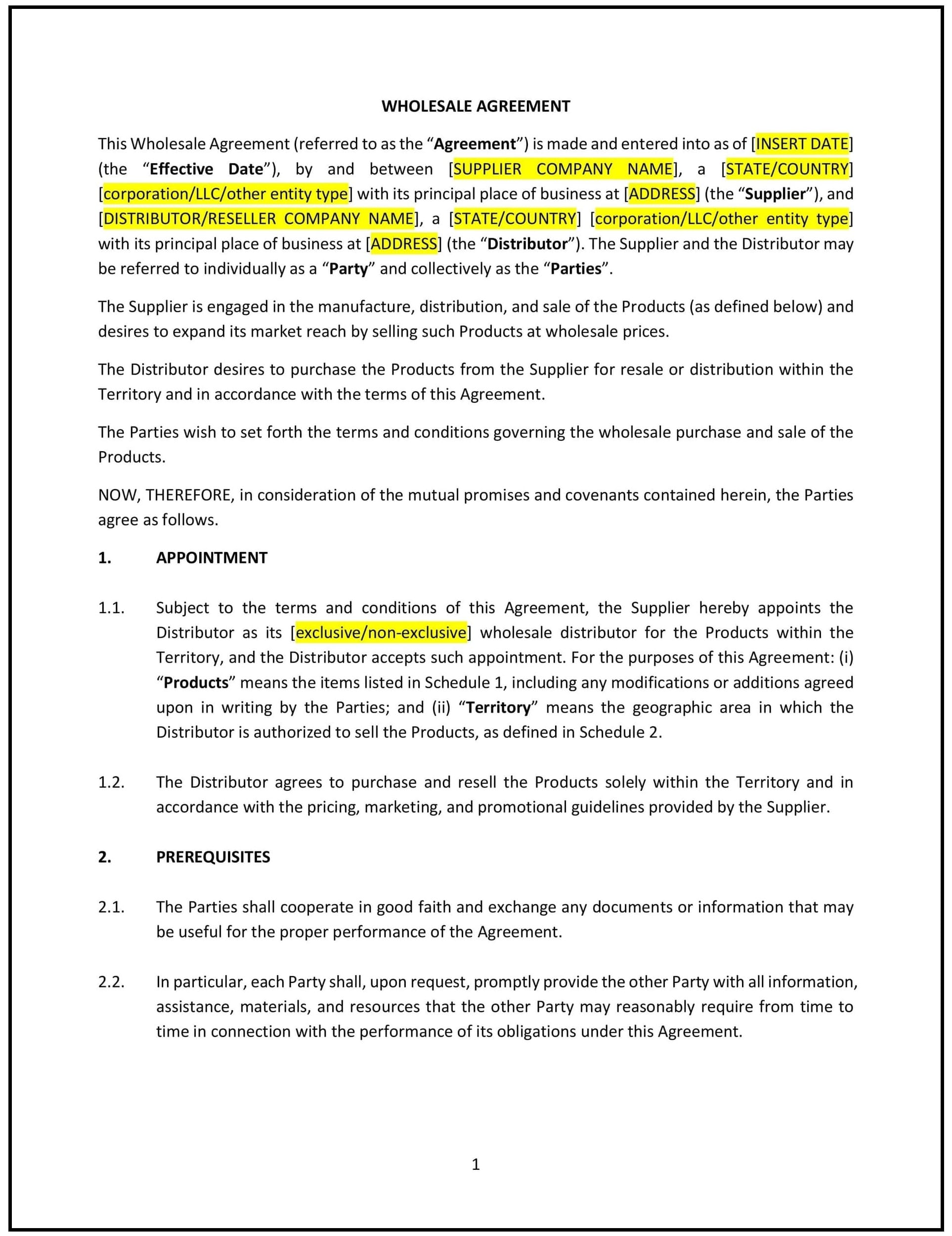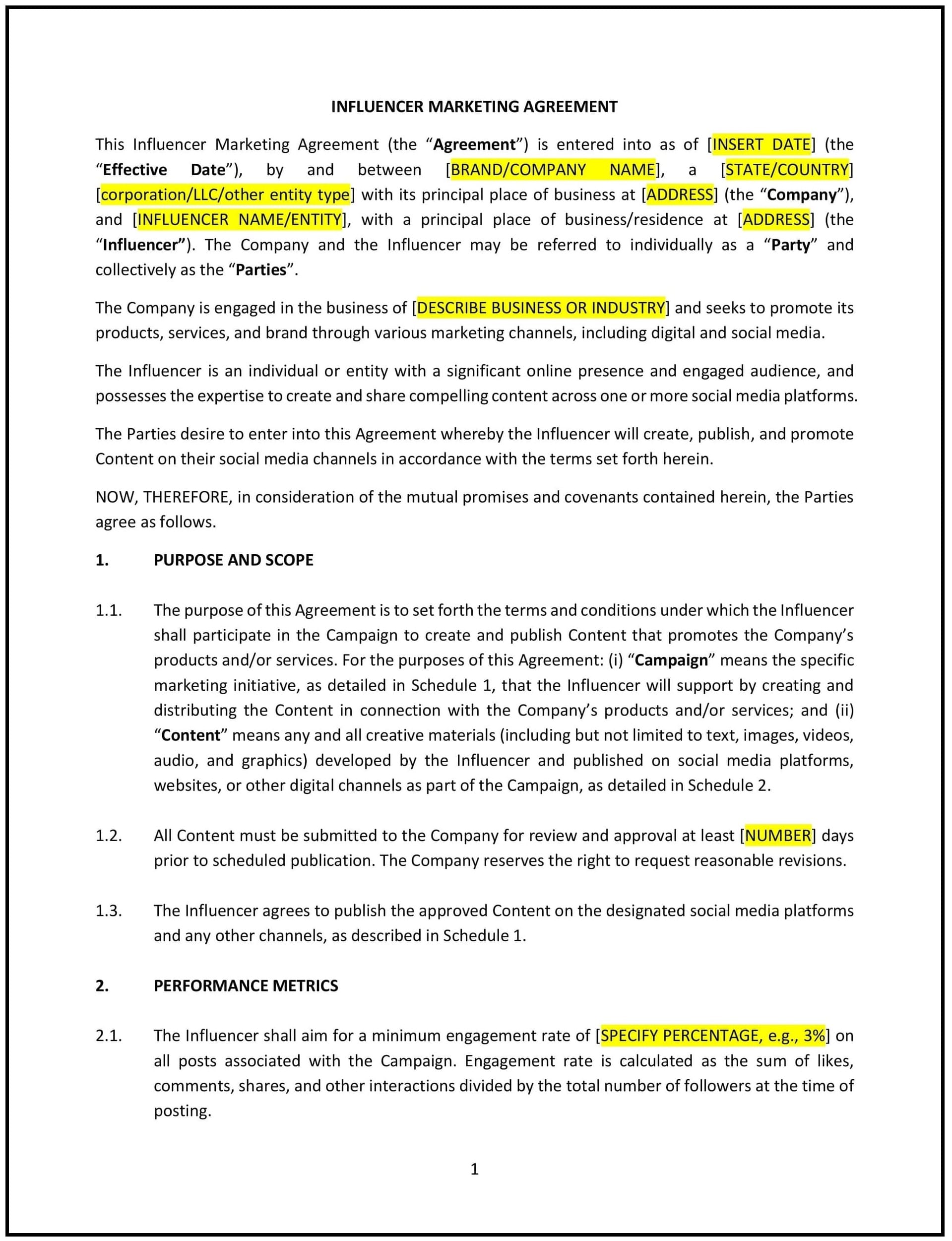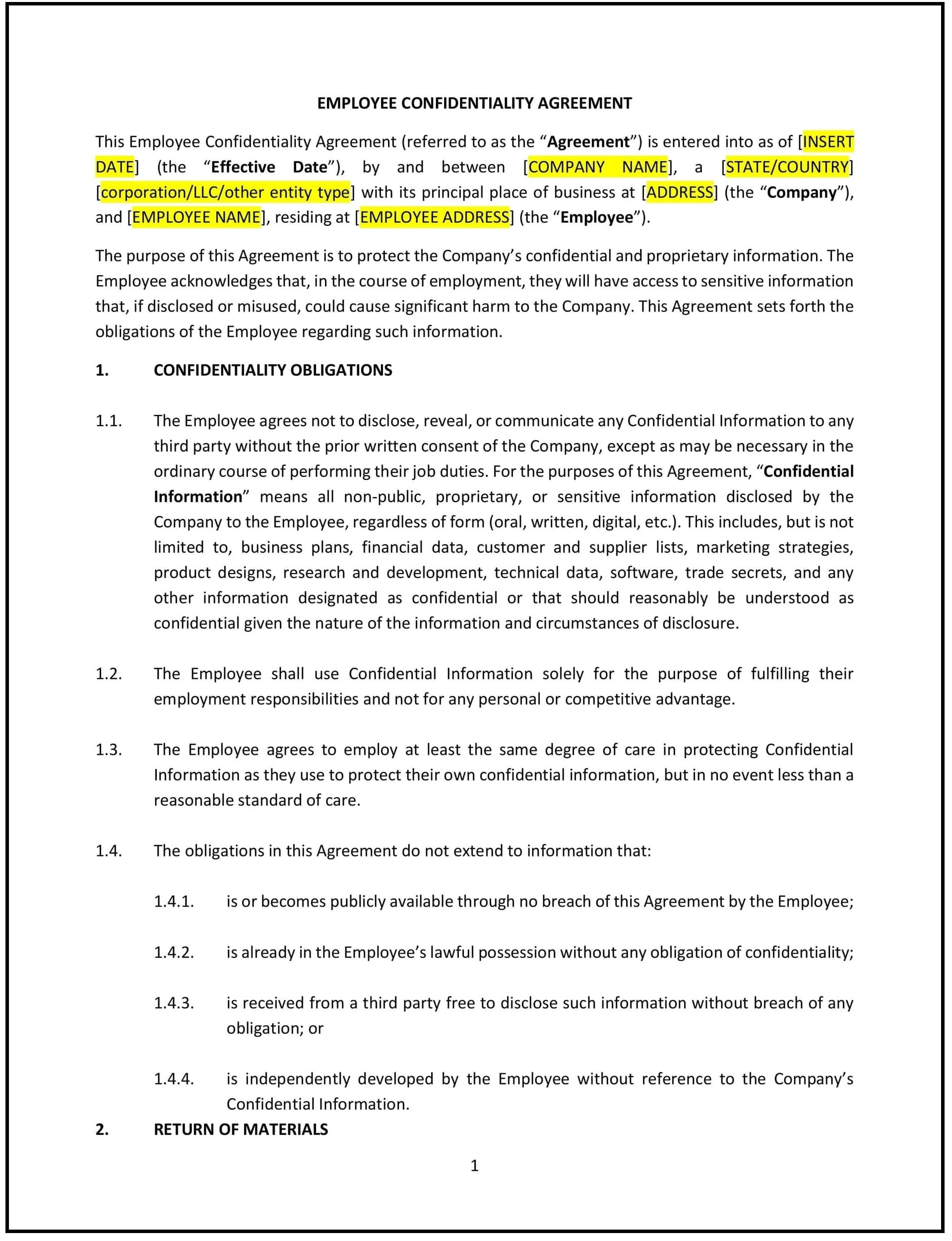Release Agreement (Mutual) (South Dakota): Free template

Release Agreement (Mutual) (South Dakota)
A Release Agreement (Mutual) is a legal document in which two or more parties agree to release each other from liability related to specific actions, events, or transactions. In South Dakota, these agreements are governed by state contract laws and must align with federal regulations regarding fairness and enforceability. A well-drafted mutual release agreement clarifies the terms of the release, protects all parties involved, and aligns with South Dakota’s legal standards.
For example, a Sioux Falls-based partnership might use a mutual release agreement to resolve disputes and dissolve their business relationship amicably. A clear Release Agreement (Mutual) helps define the scope of the release and minimizes the risk of future conflicts.
Tips for drafting and maintaining a Release Agreement (Mutual) in South Dakota
- Identify the parties involved: Clearly specify the names, addresses, and roles of all parties entering into the agreement.
- Example: “This Release Agreement (Mutual) is entered into by [Party A Name], located at [Address], and [Party B Name], residing at [Address].”
- Define the purpose of the release: Describe the reason for the agreement and the specific claims or liabilities being released.
- Example: “The purpose of this agreement is to mutually release and discharge any and all claims, demands, or liabilities arising out of [specific event, transaction, or relationship].”
- Specify the scope of the release: Clarify what is being released, including known and unknown claims.
- Example: “Each party hereby releases the other from any and all claims, whether known or unknown, related to [specific matter].”
- Outline permitted exceptions (if applicable): Specify any claims or liabilities that are excluded from the release.
- Example: “This release does not apply to claims related to [specific exclusions, such as ongoing obligations or future disputes].”
- Include confidentiality clauses (if applicable): Protect sensitive information shared during the process.
- Example: “The parties agree to keep the terms of this agreement and any related discussions confidential.”
- Address compensation or consideration (if any): State whether any payment, benefits, or other forms of consideration are involved.
- Example: “In consideration of this mutual release, [Party A] agrees to pay [Party B] the sum of [amount] within [timeframe].”
- Include termination terms (if applicable): Specify conditions under which the agreement may be terminated or modified.
- Example: “This agreement may only be amended or terminated in writing, signed by all parties.”
- Outline governing law and jurisdiction: Ensure the agreement specifies that it aligns with South Dakota law and identifies the appropriate courts for dispute resolution.
- Example: “This agreement aligns with the laws of the State of South Dakota. Any disputes arising under this agreement shall be resolved in the courts of [County], South Dakota.”
- Include signatures: All parties must sign and date the agreement to make it legally binding.
- Example: “IN WITNESS WHEREOF, the parties have executed this Release Agreement (Mutual) as of the date first written above.”
Frequently asked questions (FAQs)
Q: Can a mutual release agreement in South Dakota cover claims related to real estate disputes?
A: Yes, mutual release agreements can address real estate disputes, provided they clearly outline the claims being released and comply with state property laws.
Q: What happens if a mutual release agreement in South Dakota is overly broad?
A: Overly broad agreements may be deemed unenforceable if they attempt to release claims beyond what is reasonable or lawful under South Dakota law.
Q: Can a mutual release agreement in South Dakota include non-compete clauses?
A: Yes, but non-compete clauses must comply with South Dakota’s strict requirements regarding reasonableness, geographic scope, and duration.
Q: Does South Dakota require mutual release agreements to be in writing?
A: Yes, written agreements are strongly recommended to ensure enforceability and provide clear evidence of the terms agreed upon by all parties.
Q: Can a mutual release agreement in South Dakota be used to settle personal injury claims?
A: Yes, mutual release agreements can be used to settle personal injury claims, provided they comply with state laws and do not waive rights protected by statute.
This article contains general legal information and does not contain legal advice. Cobrief is not a law firm or a substitute for an attorney or law firm. The law is complex and changes often. For legal advice, please ask a lawyer.


